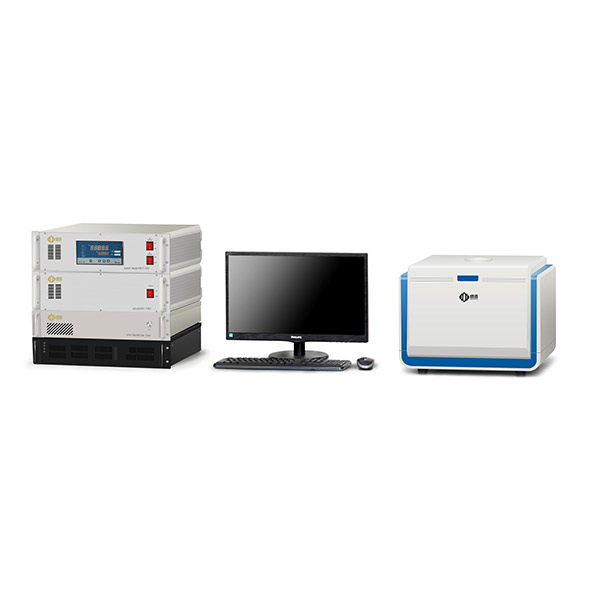The development history of Time domain NMR(resonancia magnética) tecnología
NMR is a physical phenomenon. As early as 1945, the Purcell and Bloch groups independently discovered the NMR phenomenon. As an analytical method, it is widely used in the fields of physics and chemistry to study the molecular structure of substances. The Time domain NMR technology and later NMR imaging proposed in the early 1970s have won the Nobel Prize in Physics many times in the field of NMR. The concept of Time domain NMR is very intuitive, eso es, from the original continuous wave radio frequency to pulsed radio frequency. The two are theoretically identical. Compared with continuous wave, Time domain NMR has its own characteristics in many aspects:
- The spectrum of a strong and narrow pulse is very wide. The effect of this pulse is equivalent to a multi-channel frequency transmitter. When the bandwidth of the receiver is wide enough, the NMR analyzer is a multi-channel spectrum analyzer, which can Simultaneously excite all frequencies of the sample, and simultaneously receive signals of all frequencies in a very short time each time. De este modo, the sampling results can be accumulated by computer technology, so that the signal-to-noise ratio of the spectrum can be enhanced by several orders of magnitude in a short period of time.
- Time domain NMR provides a more precise and direct means for measuring relaxation time than continuous waves.
The pulse wave emission is equivalent to a multi-channel transmitter: its time is greatly shortened, the NMR phenomenon is easily observed, and the detection sensitivity is increased by 4 veces.
Benchtop NMR machine introduction
The working method of Time domain NMR is to use short and strong radio frequency pulses to make all the nuclei resonate at the same time, so as to complete the recording of a spectrum in a very short time.
Actualmente, Time domain NMR technology has replaced continuous wave technology. Time domain NMR has the following advantages:
- Under the action of the pulse, all nuclei of a certain isotope resonate at the same time.
- The pulse action time is short.
- The time-sharing device is used, and the signal is received after the pulse is transmitted.
- A pulse sequence can be used.
The EDUMR NMR analyzer is a small Benchtop NMR instrument specially designed for the teaching experiment of NMR&tecnología de resonancia magnética. It can cooperate with physics-related majors (such as modern physics, física Aplicada, radiofísica, electronic information engineering, etc.) and medical-related majors (such as large-scale medical equipment, tecnología de imágenes médicas, Ingeniería Biomédica, etc.) to open MRI principles and MRI. Demonstration and other experimental courses; it can also cooperate with NMR engineering majors to offer extended experimental courses in the direction of equipment hardware structure. The EDUMR pulse NMR& MRI technology teaching instrument can assist in building the following platforms:
- Teaching demonstration platform.
- MRI experiment platform.
- Scientific research experiment teaching platform.
- NMR continuing education platform.
The EDUMR Time domain NMR&MRI technology teaching instrument has openness and authenticity
Openness: The supporting software and hardware are highly open.
- Openness of hardware: It is reflected in the simulation of continuous wave NMR experiments for experimental teaching, engineering training, and classroom demonstrations, and the hardware structure can be disassembled and assembled on site. With auxiliary tools such as oscilloscope and multimeter, it can not only exercise students’ hands-on ability, but also enhance students’ understanding of the hardware structure of the pulse NMR teaching instrument, which can meet the requirements of modern experimental teaching for students’ habilidad practica.
- Openness of software: It is mainly reflected in the openness of K-space original data, which can carry out simulation experiments of image reconstruction. For the direction of signal processing and data processing, it can provide students and teachers with a large amount of real and effective data, so as to develop more algorithms Extensive research on optimization, image post-processing, etc..
 mohoso
mohoso


